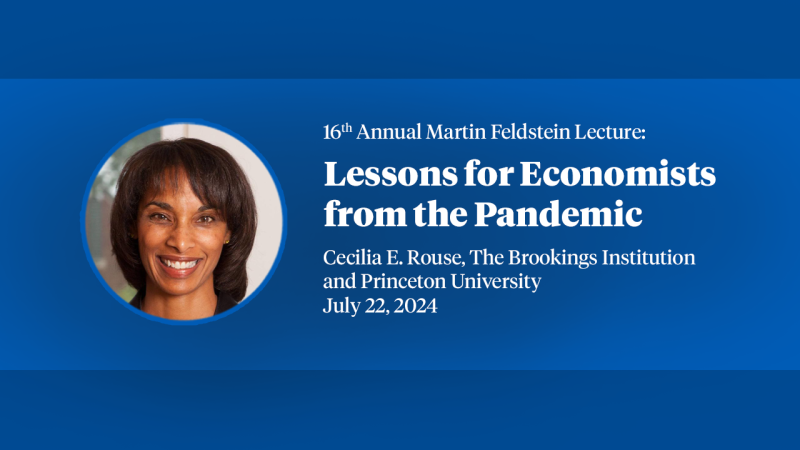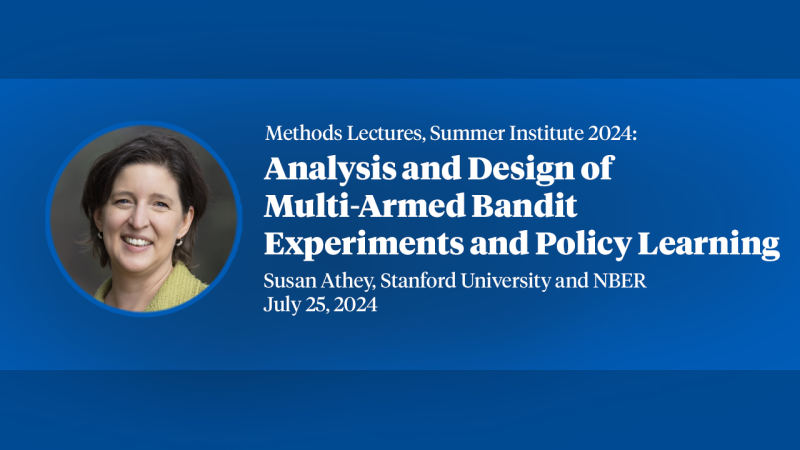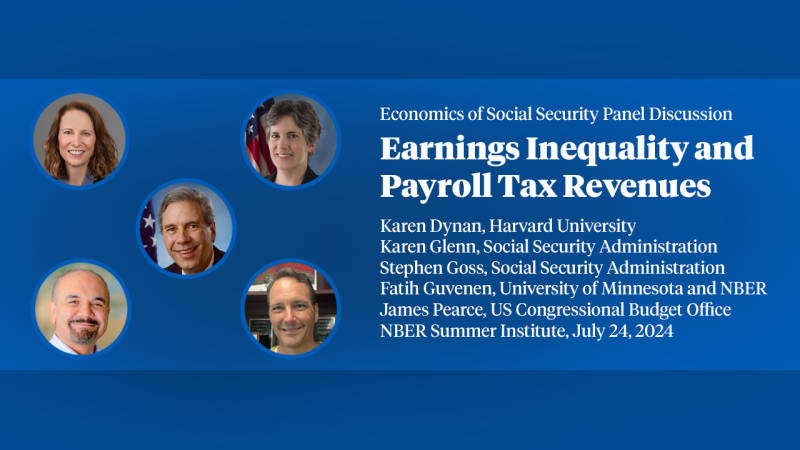Inflation and the Stock Market:Understanding the "Fed Model"
The Fed model postulates that the dividend or earnings yield on stocks should equal the yield on nominal Treasury bonds, or at least that the two should be highly correlated. In US data, there is indeed a strikingly high time series correlation between the yield on nominal bonds and the dividend yield on equities. This positive correlation is often attributed to the fact that both bond and equity yields commove strongly and positively with expected inflation. While inflation commoves with nominal bond yields for well-known reasons, the positive correlation between expected inflation and equity yields has long puzzled economists. We show that the effect is consistent with modern asset pricing theory incorporating uncertainty about real growth prospects and habit -- based risk version. In the US, high expected inflation has tended to coincided with periods of heightened uncertainty about real economic growth and unusually high risk aversion, both of which rationally raise equity yields. Our findings suggest that countries with high incidence of stagflation should have relatively high correlation between bond yields and equity yields and we confirm that this is true in a panel of international data
Published Versions
Bekaert, Geert & Engstrom, Eric, 2010.
"Inflation and the stock market: Understanding the "Fed Model","
Journal of Monetary Economics,
Elsevier, vol. 57(3), pages 278-294, April.
citation courtesy of ![]()
Geert Bekaert & Eric Engstrom, 2009. "Inflation and the stock market: Understanding the âFed Modelâ," Proceedings, Federal Reserve Bank of San Francisco, issue Jan. citation courtesy of ![]()


